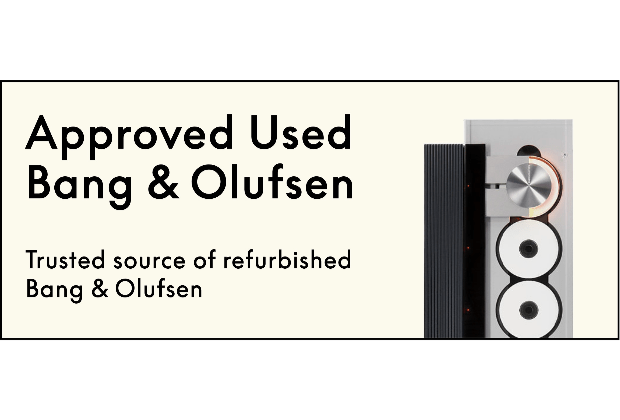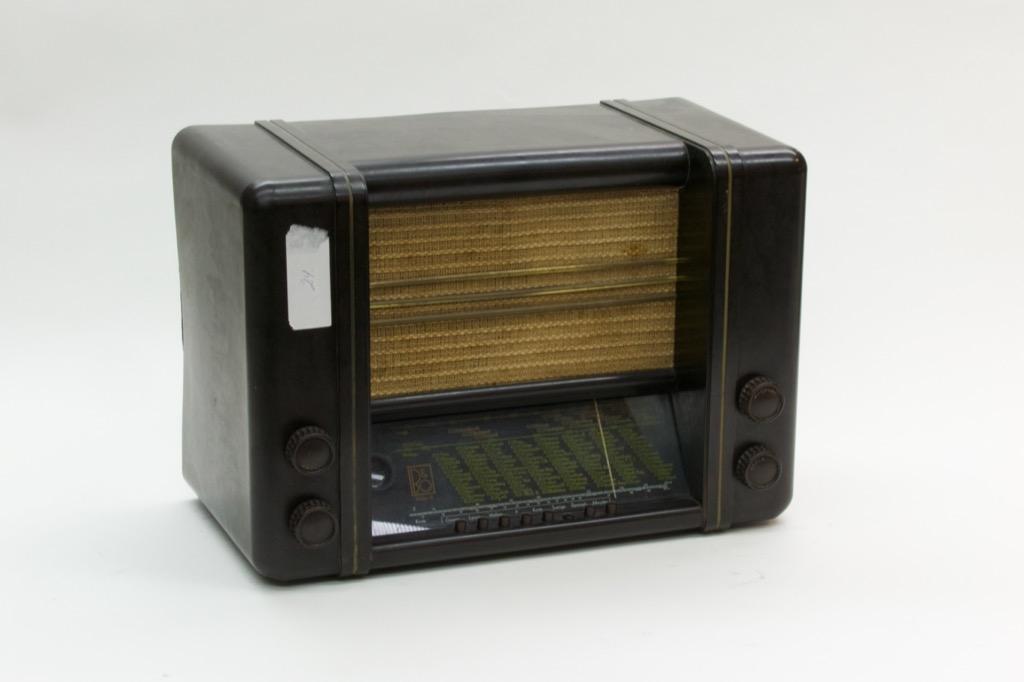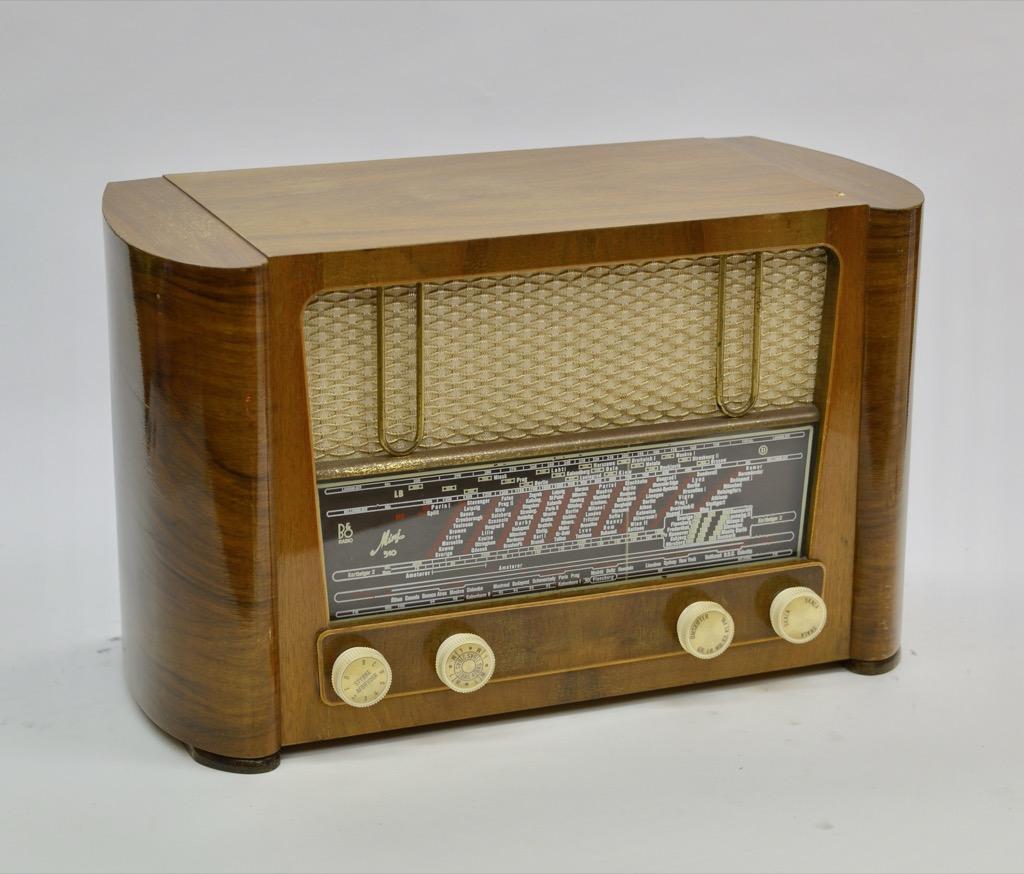Home › Forums › General Discussion & Questions › General Discussion & Questions › Decoding early model numbers
- This topic has 8 replies, 5 voices, and was last updated 3 years, 1 month ago by
Dillen.
-
AuthorPosts
-
29 November 2022 at 02:05 #41148
geoffmartin
BRONZE MemberI’ve recently written the following for a document, but as you can see, there are some gaps… Can anyone here fill those in?
Early models simply used the last two digits of the year in the model number. So, for example, the “Master 38 K”was the 1938 model and the “Master 41 B” was made in 1941.
Later, a three-digit system was used, however, this can be“de- coded” to indicate the year as follows: The first digit is the ten’s-place in the model year, so the “JET 513 K” was made in the 1950s. The one’s-place of the year can be found by subtracting the first number from the second and third. For example, 13 – 5 = 8, therefore the JET 513 K was made in 1958.
Letters
B: Bakelite
CH:
G: Gramophone
K:
R: Radio
S:
29 November 2022 at 14:42 #41149Dillen
ModeratorB: I think this was only used for bakelite models that were also available in a wooden cabinet. At present I can only think of Master 41K/41B
U: Universal (suitable for both DC and AC mains)
CH: Chartol
K: I think is for Kabinet (cabinet housed) – usually with built-in speaker. I believe this is a leftover from when many radios were also available as chassis’ only
S: Used mainly for console models. S could be for Stående (Standing) or solitair
RG: Radiogramophone (radio/gramophone combination)
RGS: Standing Radiogramophone
BRG: Bord-Radiogramophone (tabletop-radiogram)
P: I think is for Papir-isolation (paper-insulated leads – due to WW2 material shortages)
Martin
29 November 2022 at 14:53 #41150geoffmartin
BRONZE MemberMartin to the rescue! Mange tak!
Mvh
-geoff29 November 2022 at 15:25 #41151Martin, what is “Chartol”, please?
Location: Paris France
29 November 2022 at 15:33 #41152geoffmartin
BRONZE MemberHmmm… my assumption about the “B” designation and your comment made me do a little more digging. We might both be wrong.. For example:
Here’s the Master 41-B “Klangbund” in Bakelite:
But this is a Mini 510-B – definitely not Bakelite…
I’ll have to check tomorrow, but I think that one of the “Byggemøbler” components is a Type Grand Prix 606 B” which is, of course, wood.
I’m starting to think that B stands for many things. Too bad I can’t find a “A”, which would make the task simpler… 😀
30 November 2022 at 15:34 #41153Looking at the two pictures, ‘B’ could stand for ‘Brown’!
30 November 2022 at 18:37 #41154Dillen
ModeratorIn the Master 41 service manual, where the versions B, K , S and RG are covered,
the B is mentioned as the model housed in bakelite.
Of course there must be another explanation for the 510B etc.S is mentioned as a “konsolskab” (Skab = cupboard or closet), so a console model.
“Klangbund” is not really a part of the model name.
The Klangbund (“Soundboard”) is a type of passive radiator for low frequencies, working on what B&O described as an “elastic pillow” of air between the speaker cone and the radiator.
In fact it is the back plate of the receiver, and it’s a (relatively) airtight cover, that will “play along” with the bass (read: deepest notes) using a wall behind the receiver as reflector.Try listening to it if you get a chance, it actually works.
Martin
1 December 2022 at 05:45 #41155artig
BRONZE MemberMartin, what is “Chartol”, please?
I’m not Martin, but Chartol (usually spelled Chatol) could be translated as a writing desk, escritoire or secretaire. Usually with lockable compartments and a fold-down or pull-out writing surface. Often used as a home office before working from home or computers were a ‘thing’.
1 December 2022 at 07:49 #41156Dillen
ModeratorChatol of course.
Martin
-
AuthorPosts
- You must be logged in to reply to this topic.










